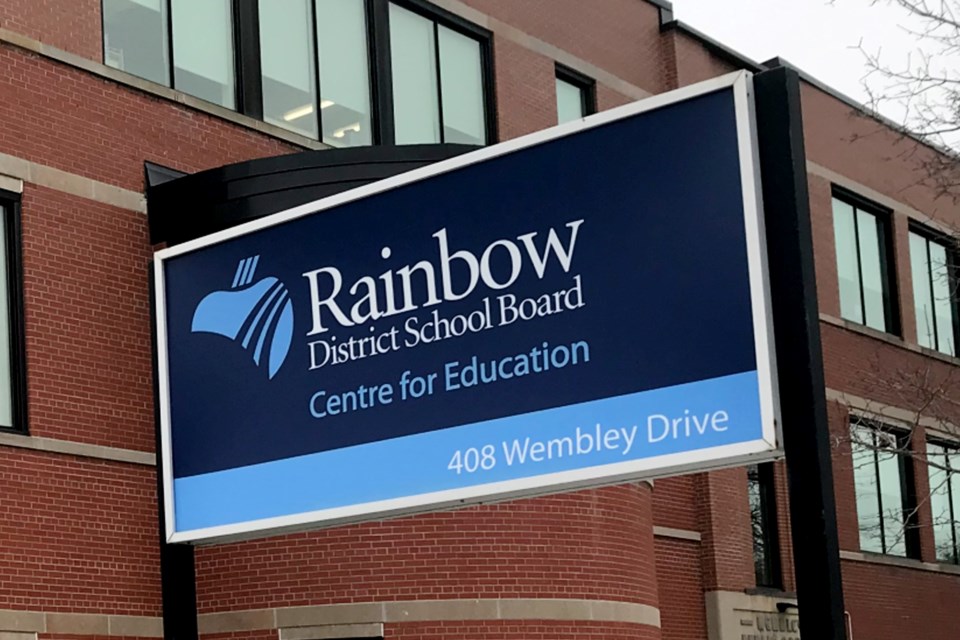With factors including increased enrolment (and thus government grants), a return to school fundraising following the pandemic and a jump in investment income, the board finished its 2022-23 financial year ending Aug. 31 with a surplus of slightly more than $4 million.
Trustees with the school board approved the 2022-23 audited financial statements at their Dec. 5 meeting. You can view those statements online here.
This year’s surplus figure is up from a $1.5 million surplus in the previous school year, 2021-22. The board had been expecting to post a small $150,000 surplus for 2022-23.
Rainbow had revenues of more than $245 million in the last school year and expenses of $241 million. Its revenues were up $13.9 million over last year, while its expenses were also up by $11.5 million.
The board now has an accumulated surplus of about $26.6 million, up from $22.6 million last year.
KPMG’s Derek D’Angelo made a presentation on the financial statements to trustees last week, giving a “clean or an unqualified opinion on the financial statements for the Rainbow District School Board for the year ended Aug. 31, 2023.”
He said there was an increase in the board’s “Grants for Student Needs of approximately $16.5 million.”
Breaking down that number, he said there was a $5.3 million increase in grants due to an increase in enrolment.
The Rainbow board said its overall enrolment increased by 248 students between the fall of 2022 and the fall of 2023. There was also an increase of 412 students between the fall of 2021 and the fall of 2022.
The board also saw a $1-million increase in transportation funding, $2.2 million in COVID learning recovery funding and $2.6 million for additional Indigenous education, $3.2 million for special education revenue and $540,000 for school operations and $350,000 for mental health.
D’Angelo said the board also saw a $583,000 increase in investment income, with the higher interest rates, and a $2.4 million increase in school fundraising, as students were able to be in school full-time, as opposed to the early years of the COVID-19 pandemic.
On the expense site, there was a $430,000 increase in administrative expenses and a $510,000 increase in transportation expenses. The board also paid $1.4 million to demolish A.B. Ellis Public School in Espanola.
There was an increase in instructional costs of $7 million. The money is for “increased support for special education, additional staffing required to accommodate the increased enrolment and additional opportunities for student achievement programs.”
However, some of these expenses were offset from a “labour provision for some salaries at around $1.6 million, and around $1 million for an arbitrated revenue award in relation to the Putting Students First Act,” D’Angelo said.
Heidi Ulrichsen is Sudbury.com’s assistant editor. She also covers education and the arts scene.
